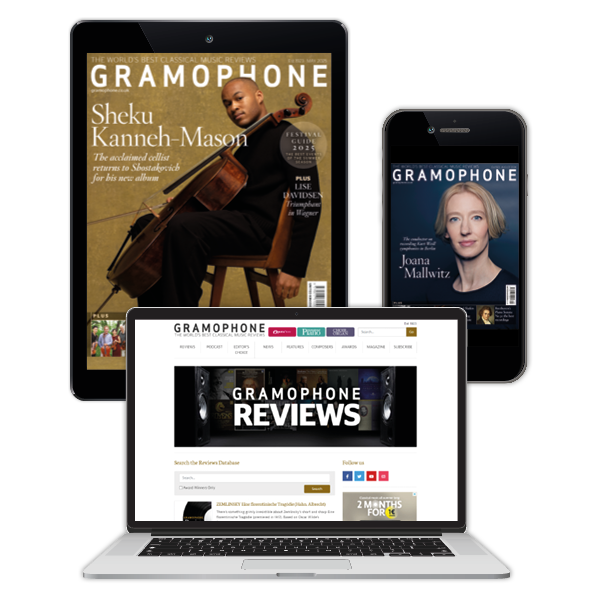LOCKE The Broken Consort. Suites from Tripla concordia
Locke before and after his ‘broken consort’ project
View record and artist detailsRecord and Artist Details
Composer or Director: Matthew Locke
Genre:
Chamber
Label: Metronome
Magazine Review Date: 12/2012
Media Format: CD or Download
Media Runtime: 156
Mastering:
Stereo
DDD
Catalogue Number: MET CD 1086

Tracks:
| Composition | Artist Credit |
|---|---|
| (The) Broken Consort, Part I: 6 Suites |
Matthew Locke, Composer
Locke Consort Matthew Locke, Composer |
| Tripla Concordia, Movement: Suite in G minor |
Matthew Locke, Composer
Locke Consort Matthew Locke, Composer |
| (The) Broken Consort, Part II: 5 Suites |
Matthew Locke, Composer
Locke Consort Matthew Locke, Composer |
| Tripla Concordia, Movement: Suite in G |
Matthew Locke, Composer
Locke Consort Matthew Locke, Composer |
Author: Julie Anne Sadie
The Second Part is thought to have been composed a little later, is more loosely conceived (Pavans instead of Fantazies and a varied selection of dances to follow) and may have been left unfinished, lacking, as it does, a final suite to make a set of six. Holman believes that Locke abandoned the project when the first were not well received at court, being thought old-fashioned; and, indeed, the Broken Consort itself was dissolved in 1662 and replaced by the Twenty-Four Violins, who provided the king with dance music in the French style. Locke’s Tripla Concordia (1677) for the same combination of instruments was, perhaps, a belated riposte. The two suites included on this CD begin with Pavans that mimic French overtures and follow with fashionable dances of the day such as the Hornpipe in the G major Suite. Performed here with the ease one might expect of an ensemble formed for this purpose more than a quarter of a century ago, the Locke Consort do not disappoint. They sympathetically gauge and shift between tempi, give due weight within phrases to the chromatic inflections and syncopated motifs, and engage in friendly imitative banter among themselves, always stylishly supported by the theorbist Fred Jacobs (listen, for example, to the G minor Suite from the Tripla Concordia). Of particular delight are the final suite of the First Part – note the slow, upward chromatic suspensions of the Fantazie and the deliciously varied echo effects in the Courante, Ayre and Saraband – and the Country Dance from the Tripla Concordia (disc 1, tr 30), in which Locke conjures up the sound of a braying donkey. Delightful and unpretentious.
Discover the world's largest classical music catalogue with Presto Music.

Gramophone Digital Club
- Digital Edition
- Digital Archive
- Reviews Database
- Full website access
From £8.75 / month
Subscribe
Gramophone Full Club
- Print Edition
- Digital Edition
- Digital Archive
- Reviews Database
- Full website access
From £11.00 / month
Subscribe
If you are a library, university or other organisation that would be interested in an institutional subscription to Gramophone please click here for further information.





